Another thread with information for 2009. Here you can find the 2009 car profiles.
All information from F1Technical.
Ferrari F60
Active: 2009 - 2009
Team: Scuderia Ferrari SpA
Designers: Mario Almondo (Director of Operations), Aldo Costa (TD), and Gilles Simon (HE)
Drivers: Felipe Massa (3), Kimi Raikkonen (4)
The F60 is the fifty fifth single-seater built by Ferrari specifically to compete in the Formula 1 World Championship. The name of the car was chosen to celebrate the Scuderia's participation in all 60 editions of the Formula 1 World Championship since 1950 to date.
The project, which goes by the internal code name of 660, represents the Scuderia's interpretation of the regulations that come into force this year, which include very many new elements. As far as the aerodynamics are concerned, these modifications are the result of the work carried out by the OWG (Overtaking Working Group,) set up by the FIA in collaboration with the teams to produce a set of rules aimed at encouraging more overtaking on track: the front wing, which has a neutral central profile, common to all, is developed mainly on its side elements and is much wider than in the past: the bodywork can no longer carry the slotted apertures that had characterised the Ferrari cars over the past few years.
Other aerodynamic devices are also significantly reduced; the rear wing is higher and narrower than in the past; the diffuser has been moved rearward. The combination of changes naturally led the initial design phase down radically different routes when it came to the side pods and protection components: the apertures have been reduced in size and moved rearward, while the upper and rear elements are larger to aid the exit of air.
The new rules regarding aerodynamics have also led to modifications to the suspension, as these elements can no longer be enclosed to the same extent. The suspension system and the whole layout of the car have been redesigned in the light of the new rules in order to achieve the correct weight distribution.
The design also takes into account two other significant changes in the 2009 regulations: the possibility of using a kinetic energy recovery system (KERS) and the reintroduction of "slick" tyres. The KERS on the F60 was designed by Ferrari in collaboration with Magneti Marelli and is centrally mounted on the engine under the rear part of the chassis; its management has involved all departments of the Gestione Sportiva. The return to tyres with no grooves is another element which is down to the work of the OWG, as is the introduction of a flap on the front wing that can be adjusted by the driver when the car is moving.
The software for managing this tool, as well as for the KERS, was designed in Maranello. The transmission has been redesigned to optimise the aerodynamic efficiency of the car. The gearbox casing is again made in carbon and is still positioned longitudinally. The gearbox is fitted with a speed shifter. There is also a new braking system, with callipers designed by Brembo. Other important rule changes for this year stem from the work of FIA and FOTA (Formula One Teams Association) aimed at producing a significant reduction in the teams' operational costs.
As far as the engine is concerned, which retains its longitudinal mounting in the F60 and continues as a load bearing structure, the rules now state that a total of eight engines may be used over the 17 Grand Prix race weekends on the calendar.
Accordingly, the maximum permitted engine speed has been reduced to 18,000 rpm and the distance target for each unit is now around 2,500 kilometres. Furthermore, modifications have been made to the inlet trumpets, the position of the injectors and the configuration of the exhausts. The changes to the regulations mean that, on the reliability front, Shell has played a fundamental role in defining the lubricants for both the engine and gearbox.
As usual, the technical partners have played an important part right from the design and development stage of the entire car. Apart from the aforementioned Shell, a significant contribution has been made by the FIAT Research Centre, especially in the use of its simulation systems and by Brembo, in the development of the braking system. As usual, great attention has been paid to the management and optimisation of the materials used, at the design stage and through quality control, aimed at maximising performance while maintaining the highest possible levels of safety.
Specifications
Chassis: Carbon-fibre and honeycomb composite structure
Differential: Ferrari longitudinal gearbox, Limited-slip differential
Gearbox Semiautomatic sequential electronically controlled gearbox - quick shift; 7 gears + Reverse
Brakes: Brembo ventilated carbon-fibre disc brakes
Suspension: Independent suspension, push-rod activated torsion springs front and rear
Weight: (with water, lubricant and driver) 605 kg
Wheels: BBS Wheels (front and rear) 13"
Kers: Kinetic energy recovery system by Ferrari in cooperation with Magneti Marelli
Engine
Designation: Type 056
Configuration: Cilinder block in cast aluminium V8 90°
Number of valves: 32, pneumatically distributed
Displacement: 2398 cc
Piston bore: 98 mm
Weight: > 95 kg
Injection: Magneti Marelli digital electronic injection
Ignition: Magneti Marelli static electronic ignition
Fuel: Shell V-Power ULG-66L/2
Lubricant: Lubricant Shell





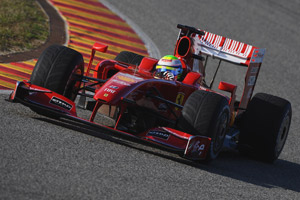


 Reply With Quote
Reply With Quote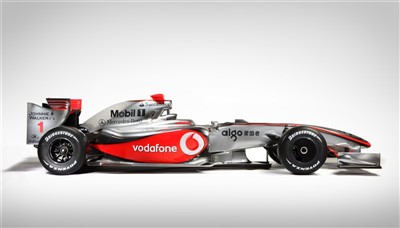
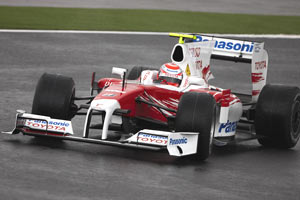
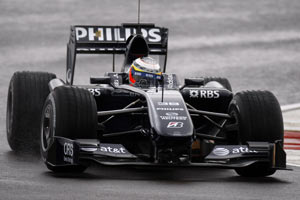
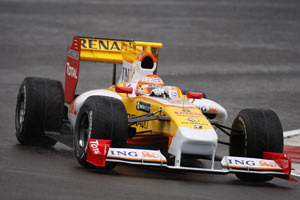
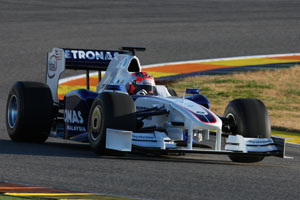
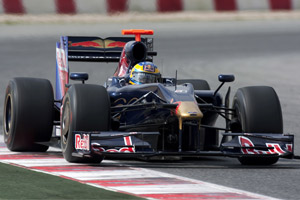
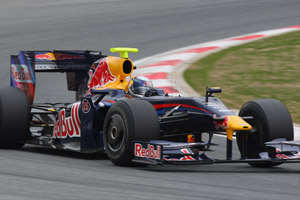
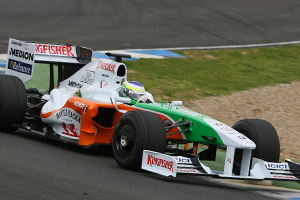










 I want to know Dimensions of Ferrari F60, Mc Laren Mecerdes MP4-24.
I want to know Dimensions of Ferrari F60, Mc Laren Mecerdes MP4-24.


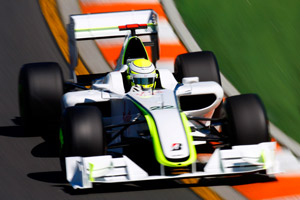

Bookmarks